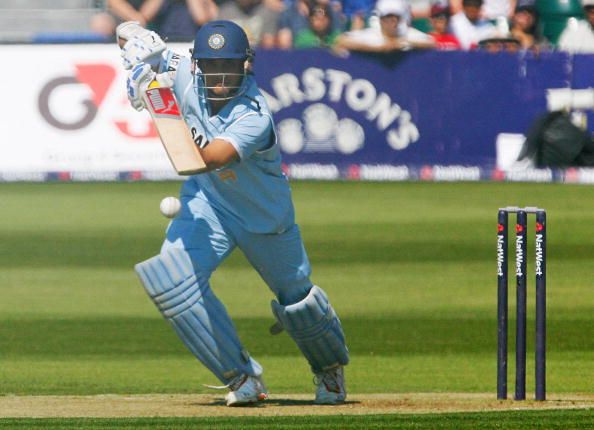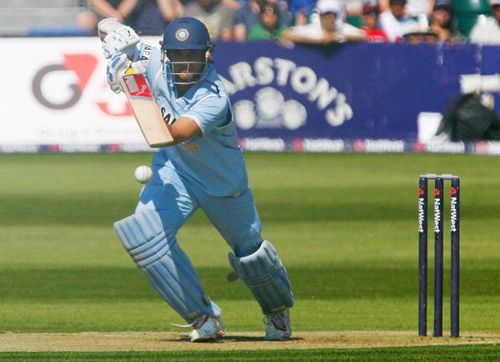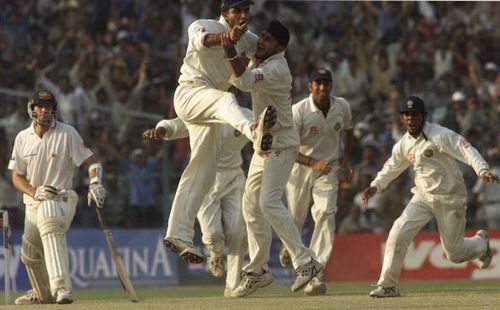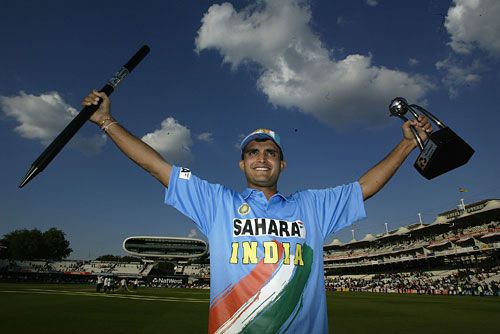
Sourav Chandidas Ganguly - The man who changed Indian cricket

At the advent of this century, Indian cricket was in doldrums, match-fixing allegations flying everywhere with players being banned and others involved being arrested. Many thought Indian cricket would never recover from this saga as credibility concerns lingered over the players and the administration. But a group of individuals decided to pick up the pieces and pull Indian cricket up. The likes of Rahul Dravid, Sachin Tendulkar, Anil Kumble led by Sourav Ganguly began their quest to make India a cricketing superpower. Indian cricket required a complete overhaul in its system, along with people who had unquestioned credibility of character. This group provided that and more to make a world beating side.
Ganguly – harbinger of change in Indian cricket
Foreign coaches and trainers were brought in, performances outside the sub-continent were given importance, along with giving youngsters adequate opportunities to blossom. Sourav Chandidas Ganguly took over as captain of the Indian team when it most needed a leader who did not care about the status quo, one who was aggressive and took on the opposition. He had great players in his team like Tendulkar, Dravid, Laxman but he also created some who may have been left in obscurity had it not been for his vision. Players like Harbhajan Singh, Virender Sehwag, Yuvraj Singh, Zaheer Khan, though immensely talented and filled with potential, did not appear to be world beaters that they are now when they first emerged.
Who would have thought that a dasher like Sehwag would be one of the best Test openers India had ever produced? It was Ganguly’s bold decision to push him up the order along with Sanjay Bangar on a seaming Leeds pitch which was the start of India’s stellar run in overseas conditions. Yuvraj Singh, the architect of India’s World Cup wins in 2007 and 2011, would not have made it into a batting line up comprising of Dravid, Ganguly, Tendulkar, Sehwag in his younger days, if he wasn’t pushed in as the 7th batsman at the expense of making Rahul Dravid keep wickets. These and many other decisions were responsible for India becoming a cricketing force.
Ganguly debuted at Lord’s, the Mecca of cricket and made back to back Test centuries. His timing and offside play earned him much praise among the critics and cricketing connoisseurs. Although, not the most technically correct batsman with a glaring discomfort against the short ball, he amassed several thousand runs in both Tests and ODIs. He was a major force to reckon with especially in ODIs where he formed a successful opening partnership with Sachin Tendulkar, aggregating a total of 8227 runs (highest ever). He was also considered a great player against spinners, especially left-arm spin which he treated with utter disdain.

The ups and downs
Some of India’s most famous wins came under him and sometimes due to his contribution with the bat during the course of the match or series. In the Natwest final, it was his and Sehwag’s opening partnership which gave the team the belief to chase a huge total. In the 2003-04 series down under, among doubts over his and the team’s ability to survive on Australia’s bouncy pitches, Ganguly scored a brilliant 144 in the 1st match at Gabba to pave the way for greater heroics by the team in the following matches. The great match at Eden Gardens in 2001 was the turning point in Indian cricket; it showed that this new India did not give up, they were aggressive and they had great players like Laxman, Harbhajan and Dravid who were able to accomplish anything. It started what came to be known as the golden era of Indian cricket.
As with most assertive and belligerent individuals, his career was filled with controversies, the most infamous one being the fallout between him and Greg Chappell. His attitude was deemed unhealthy to lead a cricket team by many “experts”. He was dubbed ‘Lord Snooty’ by the English during his county season due to his apparent arrogance and princely behaviour. But Ganguly fought on in domestic cricket after he was dropped and came back stronger; many believed that the best of Ganguly as a batsman was seen after he made a comeback in 2006. His first double century against Pakistan in 2007 was a testimony to that.

His batting skills may not be in the same league as some of his contemporaries but he made an equal if not greater contribution to Indian cricket with his leadership skills and astute strategies. In my opinion, his stint as a captain was similar to what Clive Lloyd did with the West Indies, where he changed the prevalent environment and paved the way for future proceedings. Although Lloyd’s challenges were different and his role did not just affect the cricketing environment, both him and Ganguly, along with some other great captains, pushed their nations’ cricket forward.
There is a debate as to whether he is the best Indian captain ever, with Dhoni being the other credible nominee, but there is a different measure to their successes. Ganguly led the way for obtaining success in cricket for India whereas Dhoni achieved it. Ganguly created the team that won the World Cup and achieved No.1 ranking in Tests and Dhoni captained it, thus, it might be fair to say that Sourav Ganguly was the best Indian captain and Dhoni was the captain of the best Indian team.
Even the great Kapil Dev pointed that it was due to Ganguly that India won the 2011 ICC World Cup and thanked him for lifting the ‘weight’ off his shoulders in an emotional outburst on a news channel. The Comeback King, the God of Off-Side or the Prince of Kolkata, there are many titles that may define Sourav Ganguly but for me he is the Man who changed Indian Cricket.